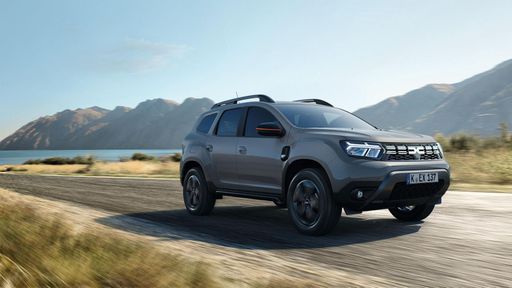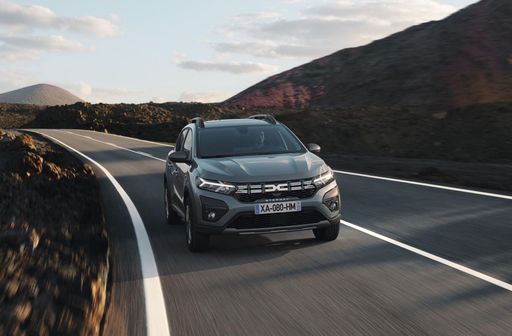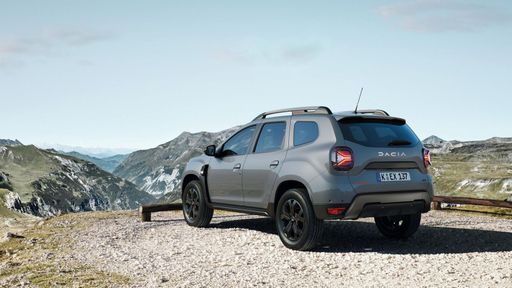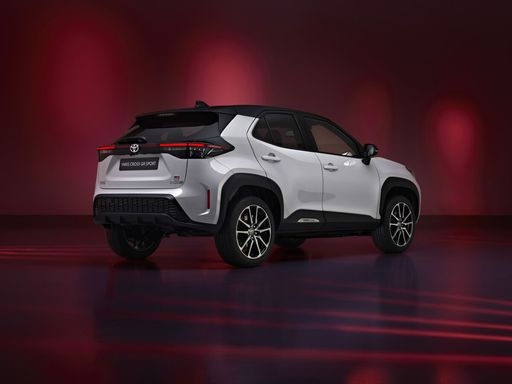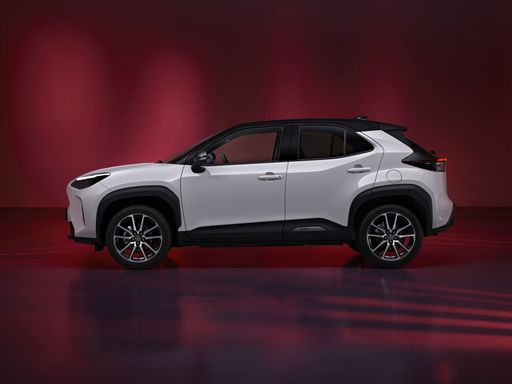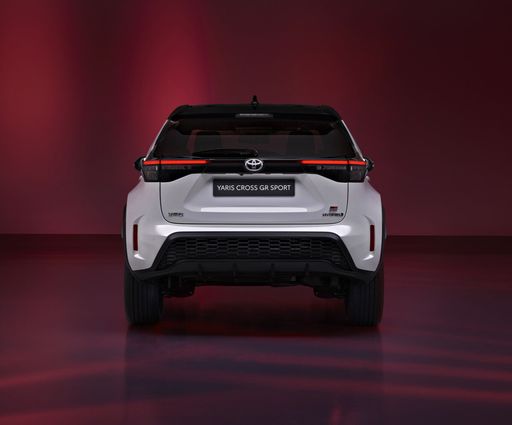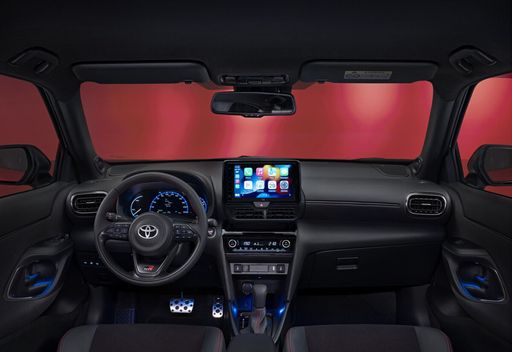Powertrain and Performance
Under the hood, the Dacia Duster offers versatility with its array of engine options. Prospective buyers can choose from engines powered by LPG, a Full Hybrid system, or the more traditional petrol MHEV. This range includes power outputs from 91 to 140 HP, catering to varied performance expectations. For those with a need for adventure, the Duster offers both front-wheel and all-wheel drive options, promising stability regardless of terrain.
In contrast, the Toyota Yaris Cross opts for simplification with a Full Hybrid engine, delivering a consistent power output of either 116 or 130 HP. While it lacks the drivetrain options of the Duster, it makes up for it with impressive fuel efficiency, consuming a mere 4.5 to 4.8 L/100km, a testament to Toyota's commitment to eco-friendliness and sustainability.

